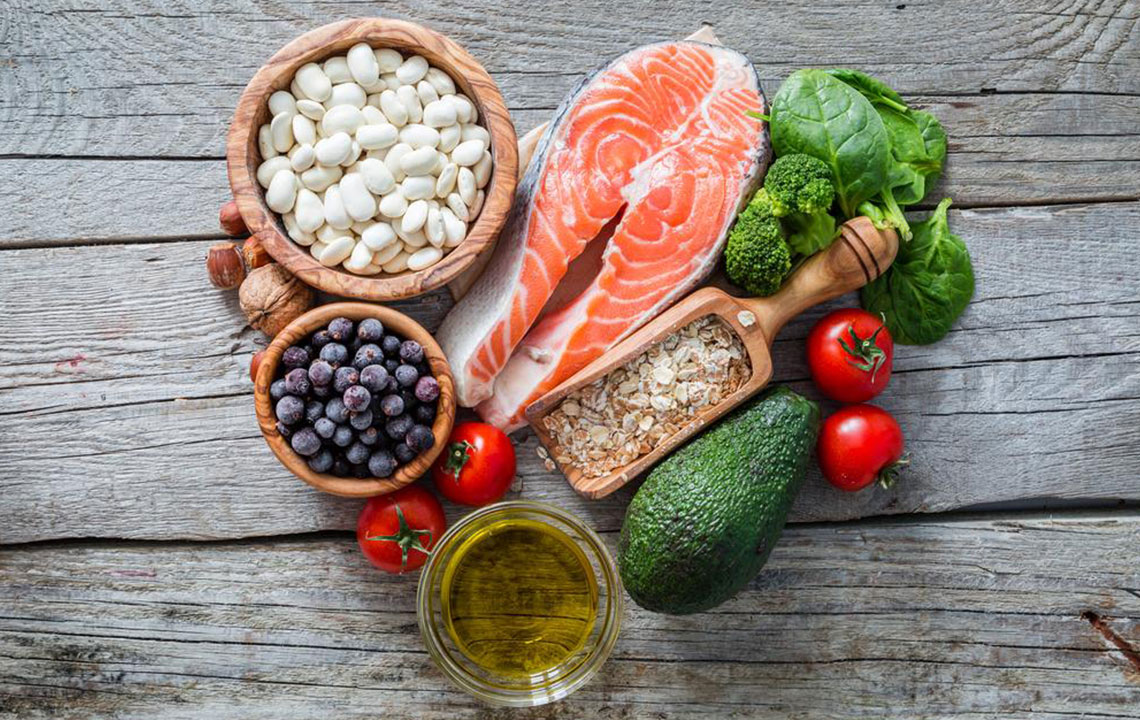What to Eat and Avoid If You Have Diabetes

Diabetes mellitus also known as diabetes has become a common disease in the whole world. Diabetes has been derived from a Greek word which means siphon and mellitus meaning sweet. This disease is a consequence of an excess of sugar in the urine and blood of the affected people. According to a survey in 2013, around 382 million people around the world have diabetes.
Types of diabetes
Diabetes is a deadly disease that can strike anyone at any age and from any walk of life. Earlier it was said that diabetes occurs after middle age. But nowadays, it has been observed that it can affect anyone irrespective of their age. The most common forms of it are type 1 and type 2 diabetes. Gestational diabetes usually occurs during pregnancy and is not a lifelong disease.
Type 1 diabetes:
It can also be termed as a metabolic disorder because type 1 diabetes results in the body failing to produce insulin. It is also known as insulin-dependent diabetes as the insulin is induced in the body from outside. This is popularly known as juvenile diabetes. It is also termed as early-onset diabetes. Its main symptoms are extreme thirst, erectile dysfunction, frequent urination, sudden weight loss or gain, blurred vision, lethargy, fatigue or drowsiness, increased appetite, etc. Smoking and consuming alcohol can aggravate cardiovascular diseases in diabetics. Therefore one should quit smoking and drinking. There are many diabetes foods to avoid. A healthy lifestyle which includes a healthy diet, adequate exercise and taking insulin can benefit people with diabetes to a great extent.
Type 2 diabetes:
In type 2 diabetes, the body does not produce enough insulin for the proper functioning of the cells or it becomes insulin resistant. This is the most common form of diabetes seen in people. Its causes may include leading an unhealthy lifestyle, not eating right, getting inadequate or no sleep, lack of exercise, depression, stress, smoking, etc.
Certain other conditions can cause this as well :
- High blood pressure
- Bad cholesterol
- High triglycerides
- Obesity
- Pcod or Polycystic ovarian syndrome
- Gestational diabetes in pregnancy
- Depression
- Various skin conditions.
Type 2 diabetes can be cured by leading a healthy lifestyle, healthy diet, losing weight, being active and taking the right medication and monitoring blood glucose levels. Type 2 diabetes is a progressive disease which gradually worsens with time and the patient ends up taking insulin tablets. Overweight and obese people are at a much higher risk as compared to people with a healthy body weight.
Certain foods can worsen the condition in people with diabetes. There are some diabetes foods to avoid. Regular consumption of these foods can cause long-term ill effects in the patients. Foods with high glycemic index GI and with unsaturated fats must be avoided. Red meat, all types of processed food must also be avoided.
Diabetes foods to avoid include:
Starch
Starches are a strictly no for diabetics. All grains including refined contain starches. Choosing whole grains is an appropriate choice for people with diabetes as it does not affect or increase the blood glucose. People with diabetes should cut down on white flour completely. They should avoid anything made from white flour including white rice, pasta, white bread, processed and canned foods, cakes, etc. Instead, they can opt for other options which include brown rice, brown bread, oatmeal, millet, high fiber cereals and whole wheat grains. They are a healthier option and would help people to lose weight. Sugar intake must be minimized as it causes an increase in the blood sugar level. Anything with high starch is a diabetes foods to avoid.
Protein
Protein helps the body build muscles, maintain, and replace the body’s tissue. They are easy to break and are essential for the body. Proteins such as beans, eggs, poultry without skin, seafood, nuts, soy, skimmed milk, curd, tofu also help in losing weight and building muscles in the body. Consumption of seeds and herbs such as flax seeds which contains omega fats or healthy fats and cinnamon helps in lowering the blood sugar level in diabetics and therefore increasing their immunity.
The risk of diabetes increases if you eat red meat like port, beef, and lamb. Swapping it for other protein sources such as fish, low-fat dairy, lentils, soy or soy products, whole grains, almonds, etc. are a healthier option.
Fruits and vegetables
Fruits and vegetables not only help in maintaining healthy body weight but also reduce the risk of various life-threatening diseases. But all fruits are not good for diabetics as the natural sugar present in the fruits may cause blood sugar levels to rise. Sweet fruits such as mangoes, grapes, custard apple, etc. should be avoided by diabetics. Dried fruits should also be consumed in moderate amounts as they contain natural sugars, which may spike blood glucose levels. Green and leafy vegetables should be consumed, and canned vegetables with added sodium, artificial fruit juices, jams, jellies and sugar syrups are the diabetes foods to avoid.


